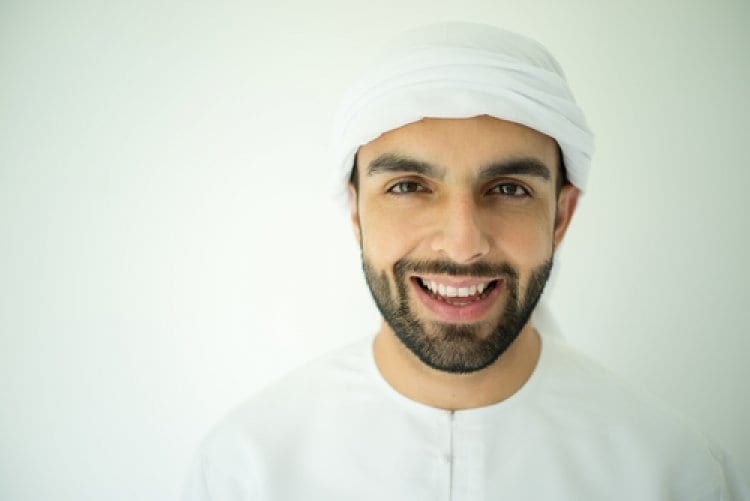Amir Benayon speaks of the intersection of music and Torah and is familiar with the claim that a musician or any artist must devote all of his time to his craft to be successful. “These claims are foolish, falsehood, and idol worship,” he said in an interview to Arutz 7. He explains that: “Someone who toils in his craft as if he’s learning Torah is wasting his time for nothing.”
“A person who is an artist works with inspiration, it comes and you do it… there’s nothing learn. Whoever is not a artist won’t become one even if he spends his whole life learning his craft.”
But Amir says a musician that learns Torah is in a totally different league. “Learning Torah adds depth to your craft. After a class in Chassidut or a Gemara class you can’t compare how you approach your instrument or anything else. In reality you can get up, pray, learn Torah as you desire and then play, record and perform.”
Amir Benayon explains that if he would have merited coming “from there”- meaning from the Torah world “I would have merited to do things in the world of music that were never done. It’s true that there is nothing new under the sun, but a musician that invests in Torah study can do great things. You go to synagogue, hear the Torah reading, the cantillation, it’s music! These things always went together without contradiction. ‘Write this song’ (is a verse referring to writing the Torah). Just that in our exile musical creation was pushed out of the study halls, that’s why some people take some ‘oy oy oy’ and add words to it thinking it makes a song, but it doesn’t work!”
“You should bring from within yourself what you’ve learned. Every man has the ability to bring out the spirit that G-d instilled in him in any situation an one doesn’t need approval from others for this. The approach that sees art, music creativity and craft as tools to break convention and tear down fences is only the destruction of the artist. Musicians that invest 8-9 hours a day practicing aren’t artists, they are just maintaining their machine to work better. It’s investing in the outside of the art, not the core.”





